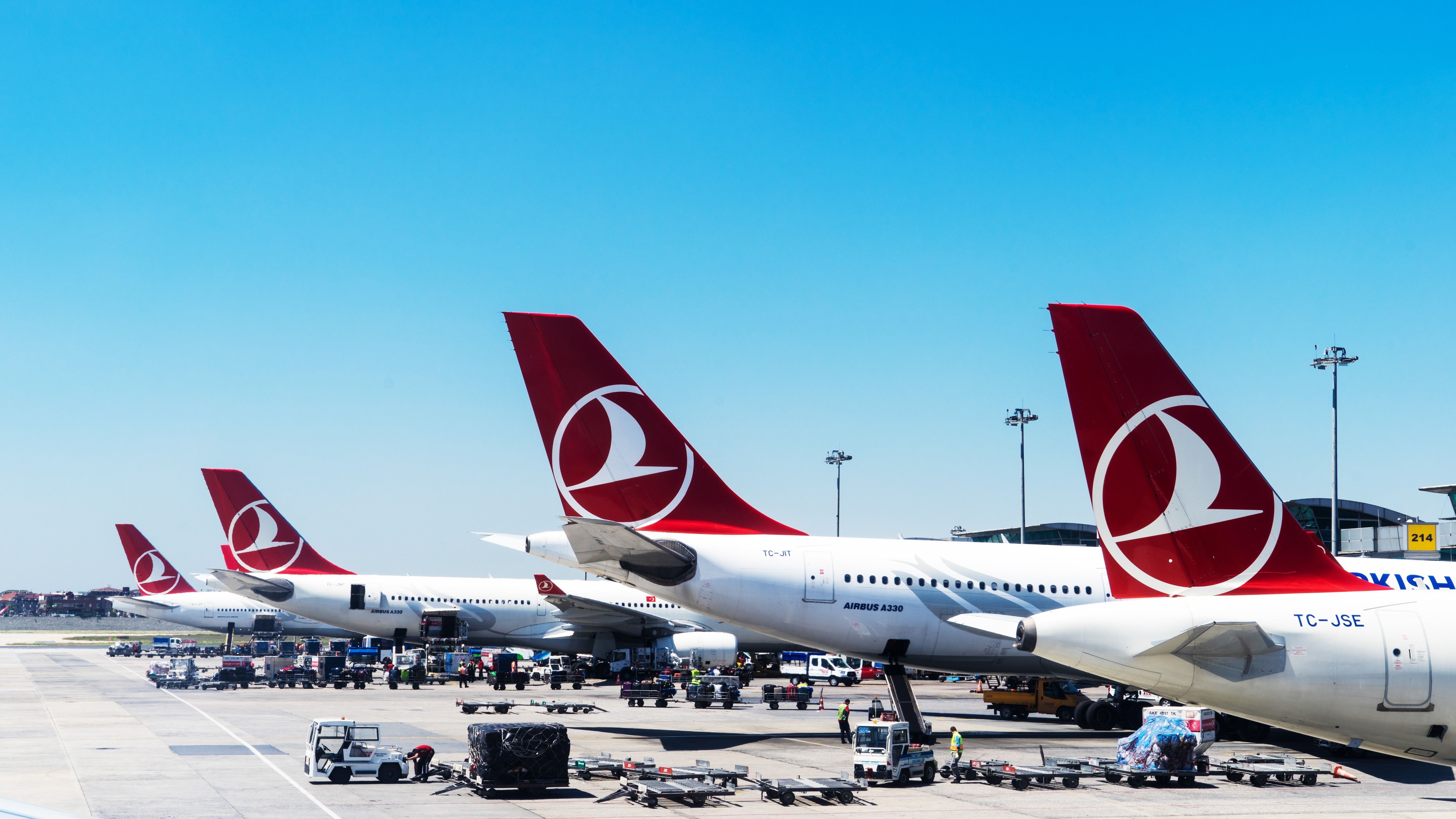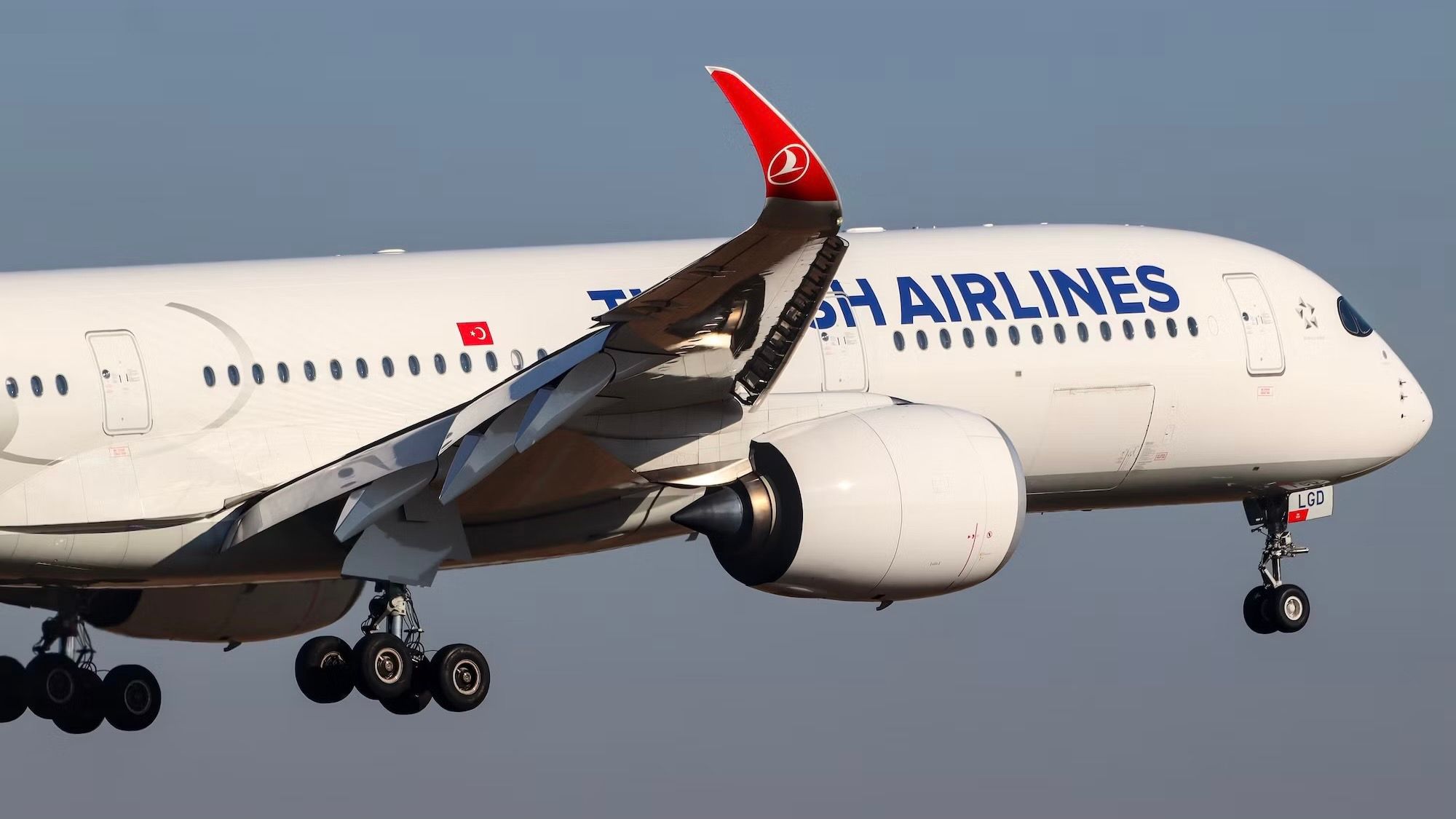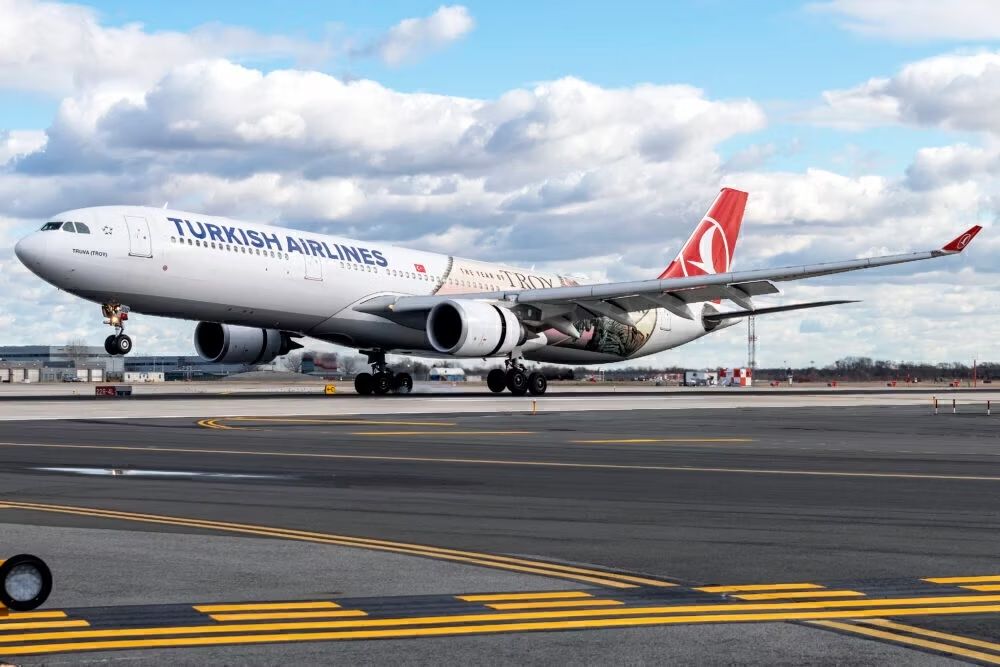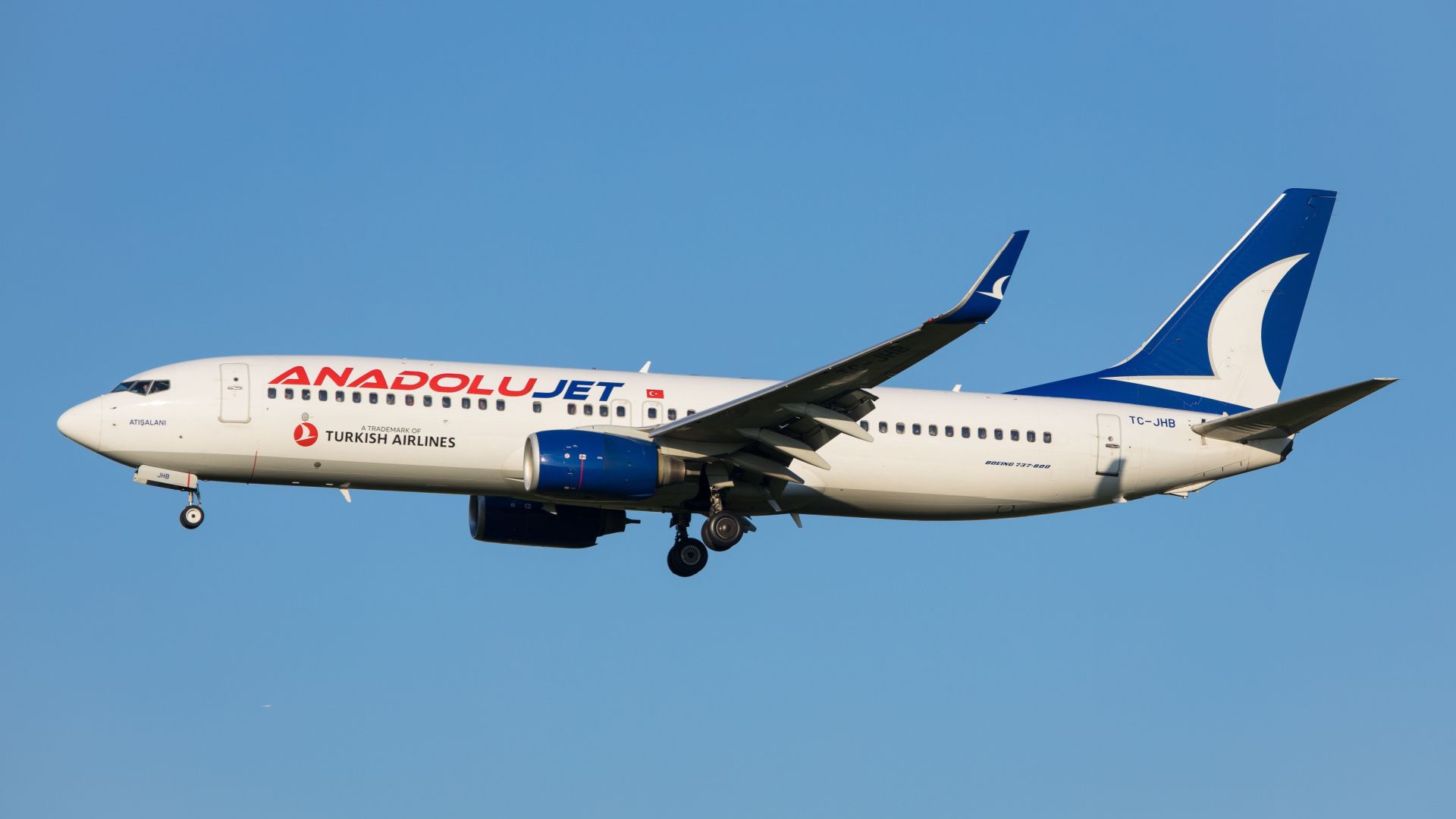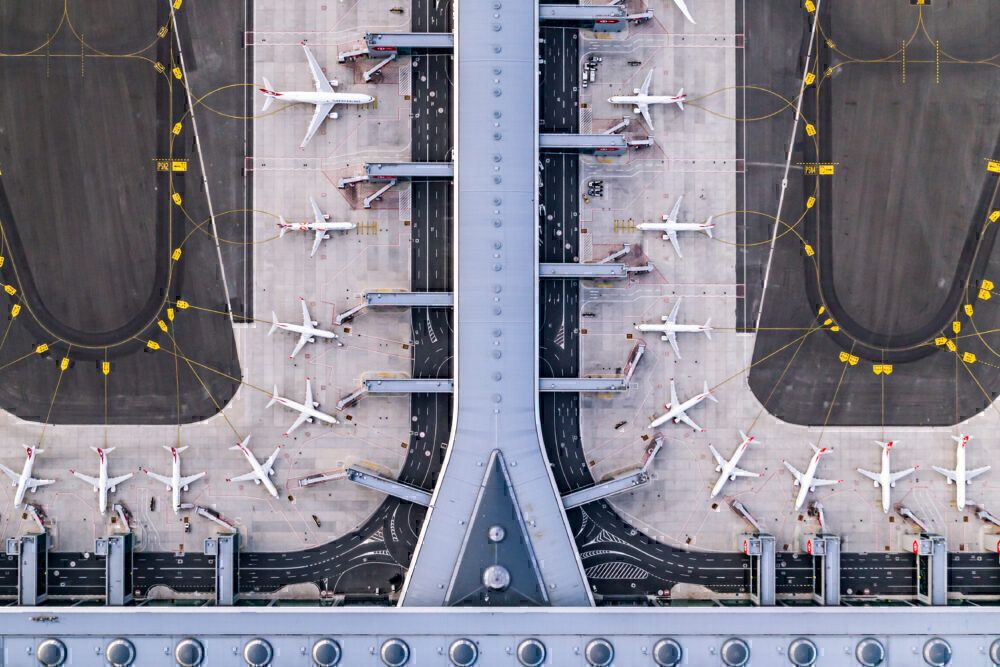New Year, New Start? Turkish Airlines Makes New Managerial Appointments
Summary
- Turkish Airlines has announced new managerial appointments, with Turhan Özen stepping down as Chief Cargo Officer.
- Mehmet Akif Konar replaces Kerem Sarp as Chief Commercial Officer, who will now be the General Manager of the carrier’s low-cost wing.
- Ajet Air, also known as AnadoluJet, is planning to rebrand as AJet by March 2024.
Turkish Airlines will see two new managerial appointments in the new year. The Star Alliance carrier, with no signs of slowing down its global domination, will see its Chief Cargo Officer, Turhan Özen, hand over the reigns to Ali Türk following after seven years of service and 25 years of experience in the supply chain, and logistics sector.
In addition to its cargo operations, the airline is making changes to the appointments of its commercial executives. The title of Chief Commercial Officer will be transformed into Chief Operations Officer, with Mehmet Akif Konar assuming the role, as Kerem Sarp moves into the General Manager role of Ajet Air, formally AnadoluJet.
Photo: ThaKlein | Shutterstock
Effective Jan 1st
Ali Türk, a graduate of Istanbul Technical University, joined Turkish Airlines in 2011 before being appointed Head of Cargo in 2012. Türk left the carrier in 2016 for a stint at Turkcell as the Deputy General Manager of Supply Chain Management, but he will return to Turkish Airlines at the end of the month.
Photo: Vincenzo Pace | Simple Flying
Konar, who also attended Istanbul Technical University, served as an employee of Turkish Airlines between 2004 and 2021 in roles including Director of Investment Planning and Projects, Regional Director for America and the Far East, Head of Production Planning, and Head of Marketing and Sales. He then left the airline in September 2021 for the role of Deputy General Manager in charge of Strategy at Turkcell before deciding to return to the airline at the end of this year.
Sarp previously served as the Chief Commercial Officer. As General Manager of Ajet Air Transport, he will oversee the low-cost carrier’s rebranding efforts through the end of March 2024.
Anadolu Jet, to AJet
According to ch-aviation, the wholly owned subsidiary of Turkish Airlines has a fleet of 56 active and 19 inactive aircraft. It operates an extensive domestic network alongside international destinations throughout Europe, the Middle East, Caucasus, and Central Asia.
In Europe, it has a significant presence in Germany, serving up to eight destinations, including Berlin Brandenburg, Cologne Bonn, Düsseldorf, Frankfurt, Hamburg, Hannover, Munich, and Stuttgart, which is more than quadruple compared to any other country in the EU that sees Anadolu metal. The carrier also has a growing presence in Saudi Arabia, serving four destinations in the Kingdom: Dammam, Jeddah, Medina, and Riyadh.
Photo: Photofex_AUT/Shutterstock
Having previously operated the ATR 72-500, Boeing 737-400 and -700, Embraer E190 and E195, the fleet active now contains:
|
Aircraft Type |
Number Operating |
Average Age |
|
Airbus A320-200 |
2 |
1 |
|
Airbus A321-200neo |
6 |
0.9 years |
|
Boeing 737 MAX 8 |
7 |
2.9 years |
|
Boeing 737-800 |
41 |
18.1 years |
While operating its network, the carrier has an extensive codeshare agreement with Turkish Airlines. AJet’s operating hubs are Ankara Esenboğa Airport, Istanbul–Sabiha Gökçen, and Antalya Airport.

